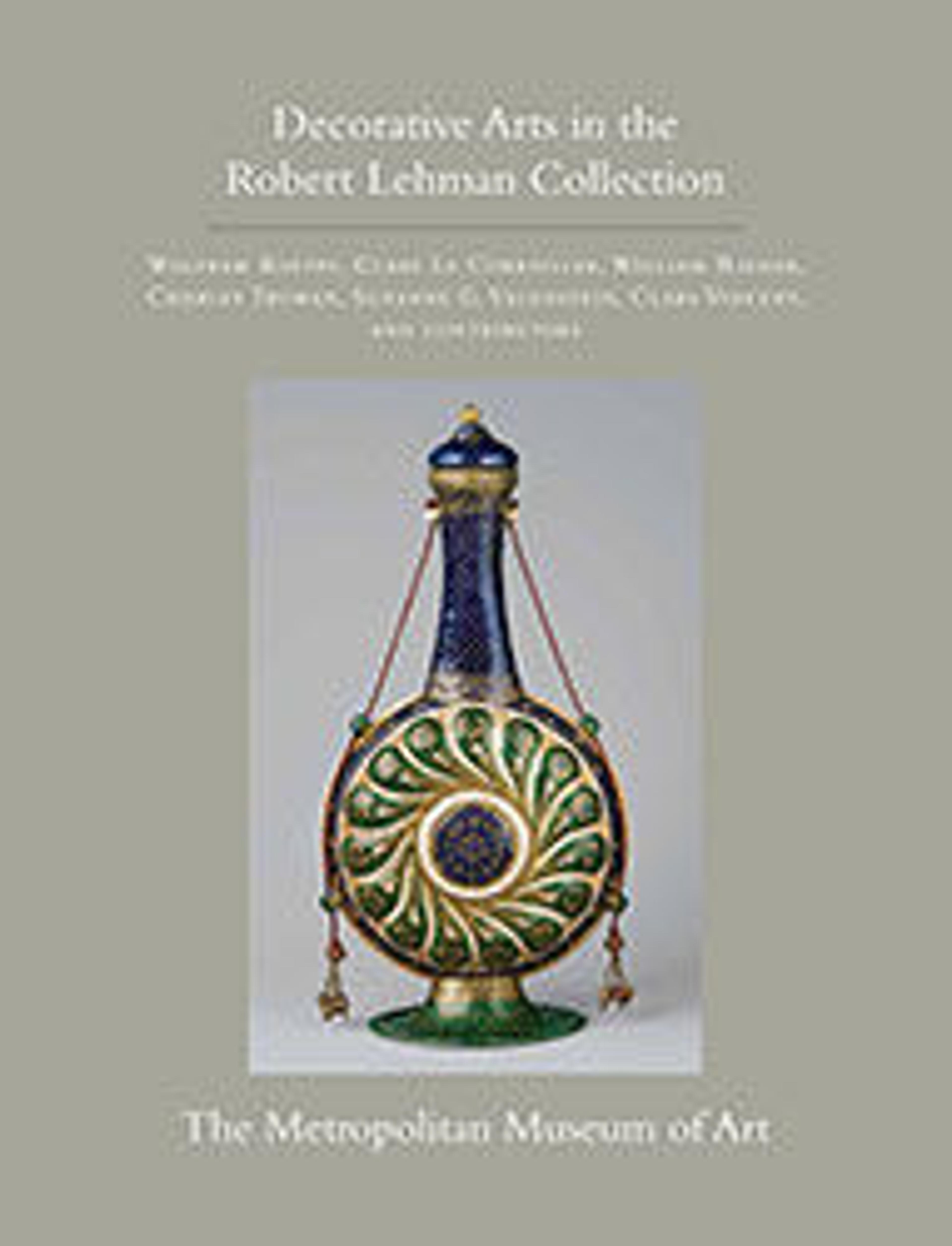Chandelier
This chandelier was made after a design by the wealthy banker and patron Thomas Hope, published in his 1807 book entitled Household Furniture and Interior Decoration. The book contains an engraving with a schematic design of the chandelier as well as details of the griffins. Probably created for Hope’s London residence, the chandelier as well as other furniture designed by him, were influenced by contemporary French Empire production.
Artwork Details
- Title:Chandelier
- Artist:Thomas Hope (British (born Holland), Amsterdam 1769–1831 London)
- Date:ca. 1802
- Medium:Carved and gilded wood, with gilded metals (iron and brass or bronze).
- Dimensions:H. from bottom of pendants to top of stars: 120.6 cm; W. (overall): 108 cm.
- Classification:Metalwork
- Credit Line:Robert Lehman Collection, 1975
- Object Number:1975.1.2494
- Curatorial Department: The Robert Lehman Collection
More Artwork
Research Resources
The Met provides unparalleled resources for research and welcomes an international community of students and scholars. The Met's Open Access API is where creators and researchers can connect to the The Met collection. Open Access data and public domain images are available for unrestricted commercial and noncommercial use without permission or fee.
To request images under copyright and other restrictions, please use this Image Request form.
Feedback
We continue to research and examine historical and cultural context for objects in The Met collection. If you have comments or questions about this object record, please contact us using the form below. The Museum looks forward to receiving your comments.
